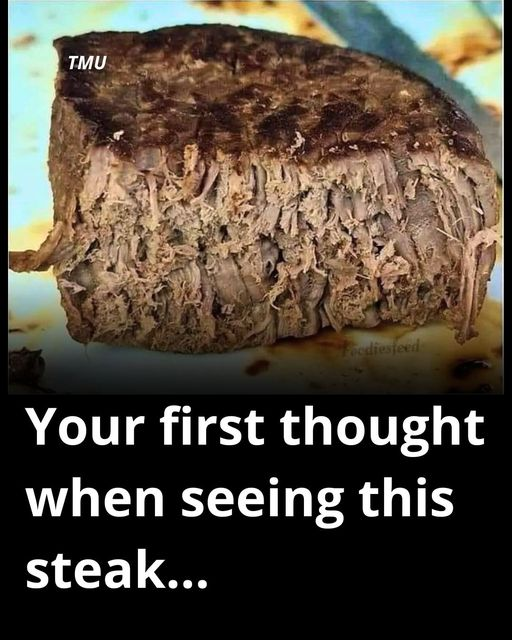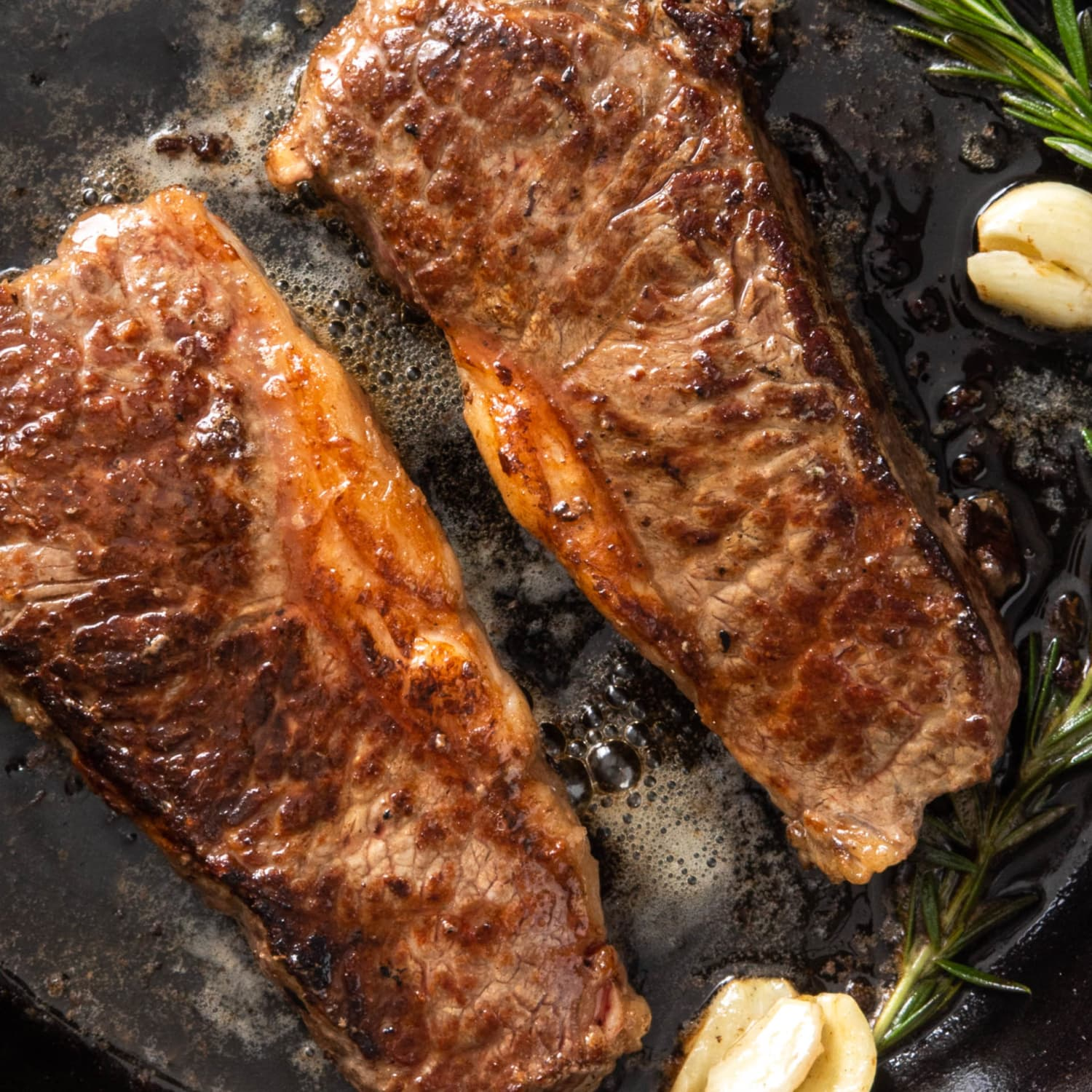There’s something undeniably captivating about a perfectly cooked steak. With its rich, savory flavor and tender, juicy bite, steak has earned its reputation as the crown jewel of culinary excellence. But what makes this dish so irresistible? It’s a combination of quality meat selection, precise cooking techniques, and the artful execution of flavors. Whether you’re a seasoned chef or an enthusiastic home cook, mastering the steak is a rewarding challenge that can elevate any meal.
In this article, we’ll dive deep into the factors that make steak a beloved dish, exploring its visual appeal, flavor profile, and the cooking techniques that bring out its best qualities.
Visual Appeal: Why Steak Looks So Good

The first thing that grabs our attention when it comes to steak is its appearance. A perfectly cooked steak is more than just food—it’s a work of art.
1. First Impressions: The Searing Attraction
The moment you see a well-cooked steak, your senses are immediately engaged. The deep, brown crust on the outside signals the Maillard reaction, a chemical process that occurs when proteins and sugars in the meat are exposed to high heat. This reaction not only creates a beautiful caramelized appearance but also adds a layer of rich, complex flavor that enhances the entire dish.
The contrast between the crisp exterior and the tender interior adds to the steak’s visual appeal. It’s the kind of dish that draws you in, making you anticipate the flavor explosion with each bite.
2. Marbling: The Secret to Flavor and Tenderness
Marbling, or the white streaks of intramuscular fat within the steak, is a crucial factor in its taste and texture. When cooked, this fat melts and seeps into the meat, keeping it moist and adding a buttery flavor. The presence of marbling is often a key indicator of a high-quality steak, with cuts like ribeye and wagyu known for their generous fat distribution.
The glistening marbled fat makes the steak look juicy even before you take a bite. This visual cue is not just about aesthetics; it’s a promise of tenderness and flavor that few other dishes can deliver.
Cooking Techniques: Bringing Out the Best in Steak
Cooking steak to perfection requires skill and precision. The right techniques can transform a simple cut of meat into a gastronomic masterpiece.
1. Searing: The Essential Step for Flavor
Searing is the initial step in cooking steak, where the meat is exposed to high heat for a short period. This step is vital because it locks in the juices while creating a flavorful crust. The Maillard reaction, which occurs during searing, adds a distinct umami flavor that enhances the overall taste of the steak.
To achieve a proper sear, it’s important to use a hot skillet, grill, or cast-iron pan. The surface should be dry, as moisture can prevent browning. By cooking the steak for 2-3 minutes on each side over high heat, you can create a perfectly seared exterior that sets the foundation for a delicious steak.
2. The Importance of Resting the Steak
Once the steak is cooked, it’s crucial to let it rest before slicing. Resting allows the juices to redistribute evenly throughout the meat, preventing them from running out when the steak is cut. This process ensures that every bite is as juicy and flavorful as possible.
Resting times vary depending on the thickness of the steak, but generally, 5-10 minutes is sufficient. This step may seem simple, but it makes a significant difference in the tenderness and juiciness of the final product.
3. Achieving the Perfect Temperature
Cooking steak to the desired level of doneness is a matter of both personal preference and technique. Here’s a quick guide to internal temperatures for various levels of doneness:
- Rare: 120-125°F (red center)
- Medium-Rare: 130-135°F (warm, red center)
- Medium: 140-145°F (pink center)
- Medium-Well: 150-155°F (slightly pink center)
- Well-Done: 160°F+ (no pink)
Using a meat thermometer is the most accurate way to achieve the desired doneness. By checking the internal temperature, you can ensure that the steak is cooked just the way you like it.
Flavor Profiles: Unlocking the Best of Beef

A juicy steak offers more than just a satisfying bite—it provides a complex blend of flavors that can be enhanced with simple seasonings and marinades.
1. Salt: The Simple Yet Essential Seasoning
Salt is often the only seasoning needed to bring out the natural flavors of the steak. It helps create a crusty exterior while enhancing the beefy taste. Coarse salt, like kosher or sea salt, is preferred as it adds texture and crunch.
For the best results, season the steak generously on both sides at least 30 minutes before cooking. This allows the salt to penetrate the meat, resulting in a well-seasoned steak with a perfectly seared crust.
2. Marinades: Adding Depth to Flavor
While high-quality cuts of steak often only require simple seasoning, tougher cuts can benefit from a flavorful marinade. Marinades typically include acidic ingredients (like vinegar or citrus), oil, and spices, which can help tenderize the meat and add depth to its flavor.
For best results, let the steak marinate for at least 2 hours, but no more than 24 hours, as the acidity can start to break down the meat’s fibers too much.
3. Butter and Herbs: Finishing Touches for Flavor
To add richness to your steak, consider finishing it with a pat of compound butter—flavored butter mixed with herbs, garlic, and sometimes lemon zest. As the butter melts over the hot steak, it adds a layer of creamy flavor that complements the beef’s natural taste.
Herbs like rosemary, thyme, and parsley also pair well with steak, enhancing its earthy, robust flavor. You can either add fresh herbs to the butter or place a sprig on top during the resting period for an extra burst of aroma.
The Art of Presentation: Elevating the Dining Experience
The final step in enjoying a steak is its presentation. While taste is the primary focus, a well-presented steak enhances the overall dining experience.
Arrange the steak on a clean plate, with a drizzle of sauce or a garnish of fresh herbs to add color. Slice the steak against the grain to ensure tenderness, revealing the beautiful pink interior that makes steak so visually appealing.
Conclusion: Steak as a Culinary Masterpiece
A juicy steak is more than just a meal—it’s a celebration of flavors, textures, and culinary craftsmanship. From the marbling to the searing, each step contributes to the steak’s irresistible appeal. By mastering the essential techniques of cooking, seasoning, and presentation, you can transform a simple cut of beef into a mouthwatering masterpiece.
So, the next time you’re craving a juicy steak, remember: it’s not just about the meat on your plate—it’s about the passion, precision, and artistry that goes into creating this culinary delight.


